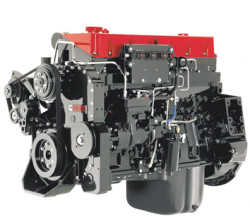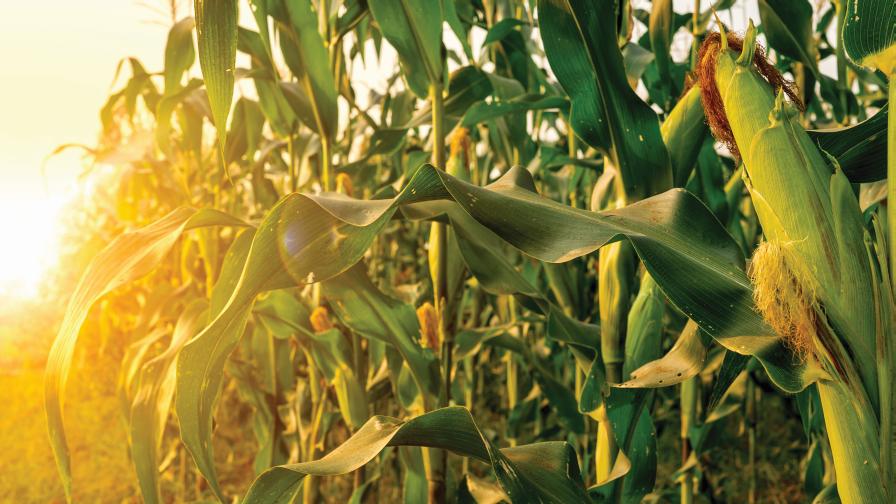Biodiesel’s Promise

Although ethanol growth is receiving the lion’s share of attention among ag retailers when it comes to biofuels, biodiesel also holds promise. “Our customers are increasingly asking for machines that can operate on alternative fuels,” says Jim Williams, product marketing engineer for Hagie Manufacturing Co., Clarion, IA. “And I expect this demand to grow as we move into 2007 and beyond.”
Unlike ethanol, biodiesel is primarily derived from soybeans and has the highest energy content — 120,000 BTUs (British thermal units) per gallon — of any alternative fuel. On average, it takes 1 bushel of soybeans to produce 1.4 gallons of biodiesel, and 15 million gallons of biodiesel were produced in 2005, consuming more than 10 million bushels of soybeans in the process. B20 blends (20% biodiesel mixed with 80% regular diesel) have been found to lower carbon monoxide emissions by 9%, particulate matter emissions by 8%, and sulfate emissions by 20%.
For these reasons, engine manufacturers have embraced the use of biodiesel in their products. For example, Cummins has approved the use of B2 and B5 biodiesel blends in its engines. New Holland, part of the Case IH family, has authorized the use of B20 in its engines.
Take B5
In sprayer engines, B5 seems to be the current biodiesel of choice among equipment manufacturers. According to Don Brogman, director of ag industry relations for North America at John Deere, Lenexa, KS, B2 and B5 biofuels have proven popular because they tend to be comparable with regular diesel in terms of power, torque, and fuel economy (losing only 1% to 2% overall, according to researchers). Their costs also tend to be more in line with No. 2 diesel fuel, compared with B20, which costs up to 30 cents more per gallon.
In addition, he adds, it would be foolish for the equipment industry to jump into higher biofuel options and have users experience potentially nagging problems with adoption. “Sometimes to do things right quickly, you have to slow down some,” says Brogman. “If early adopters of cell phones had constantly burned their ears using them, you wouldn’t have Blackberries in the market today. At this stage, it’s more important to have everyone in the industry have a positive experience with B5 instead of just a few people having a positive experience using B20. Getting this right from the start will make adoption so much easier to accomplish.”
Even moving slowly, Brogman foresees more demand for biodiesel within the ag equipment market. “To meet the expected demand for B5 in the industry will require 2 billion gallons of biodiesel to be produced,” he says.
There are a few other hurdles to overcome of course, including production location and a shorter life cycle for biodiesel. At present, most of the commercial production and distribution of biodiesel is located in the Midwest, presenting some challenges to potential users located in the Western states and on the East Coast. Also, since biodiesel tends to lose its stability after three months, users need to avoid storing their equipment over the winter months with any residual biofuel left in their fuel systems. Last but not least, declining fossil fuel prices could conceivably slow the desire among equipment users to switch to biodiesel blends.
However, according to Dexter Schaible, senior vice president/product manager/engines/global technology for AGCO Corp., Duluth, GA, these factors are unlikely to halt the move toward biodiesel in ag equipment. “Realistically, we are probably looking at 3 to 5 years before this becomes a more common occurrence, but biodiesel usage should continue to grow each and every year from now on,” says Schaible. “Since no major alterations are required to engines to use them, there’s no reason for biodiesel usage not to move forward.”





